The word phytogeography means the geography of plants or how they are dispersed and classified along a territory. The vegetation present on the planet is derived from a series of elements, such as luminosity, temperature, soil variety and humidity.
The elements that most determine a vegetation are the climate and the soil, these are responsible for the variety of flora species. An example of this are the intertropical zones that, due to the heat and humidity, present large forests.
Vegetables are different because of many factors, one of which comes from the amount of water that certain plants need for their maintenance. In this case, there are three distinct types: the hygrophilous, which proliferate in environments with a high concentration of moisture; the hydrophilic ones, which represent the group of plants that are adapted to water; and xerophylls, which survive with water scarcity.
In the case of vegetation present in the Brazilian territory, it is worth noting that the fact of studying the vegetation cover in Brazil does not mean that they are in their natural aspect, given Furthermore, what is addressed is the study of the original vegetative aspects, as the geographic space of the country has been undergoing a series of transformations to meet the interests and activities human beings.
The Brazilian territory is home to a variety of plant cover arising from many factors, among the main ones are: the geographic location where there are a high temperature, in addition to having an extensive area of continental aspect, which also provides a diversity of time zones, climates, vegetation between others.
Despite the great natural diversity of flora present in Brazil, currently there are only 60% of conserved areas, this for meet productive activities, such as agricultural production, the urbanization process and extractivism (vegetable, mineral and animal).
Taking into account the natural and original characteristics of the types of vegetation existing in Brazil, we can find the main ones, which are:
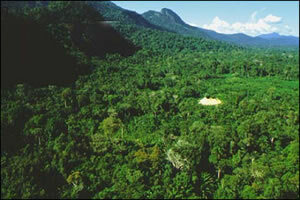
Amazon rainforest: is a vegetation cover of equatorial origin consisting of a wide variety of species with a high concentration of plants hygrophilous, the trees are large and have wide crowns, or dense forest, which can be found in the northern states of the country. Despite apparently having a homogeneous coverage, there are differences, so they can be classified as Forest of igapó (occurs on the banks of rivers that are flooded all year round whole), floodplain forest (shelters a huge variety of species and undergoes flooding at certain times of the year) and terra firme forest (does not suffer floods and occupies a large part of the region).
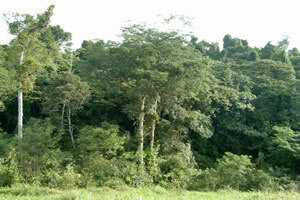
Atlantic forest: corresponds to a tropical vegetation cover with tall and dense trees, currently only a small percentage remains, around 7%, of this important vegetation that has already covered a large part of Brazil, as it covered from the coast of Rio Grande do Sul to Rio Grande do Norte and some more interior parts such as São Paulo, Minas Gerais and Paraná and already sheltered a very rich biodiversity and ecosystems.
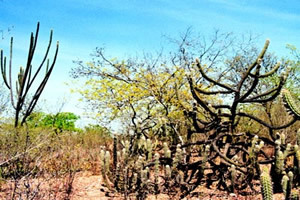
Caatinga: vegetation characteristic of the semiarid climate that occurs in the northeastern hinterland, consisting of plants adapted to the scarcity of water that have unique aspects, such as thick stalks and deep roots to ensure survival over extended periods without rains. At such times, these plants shed their leaves to prevent transpiration and moisture loss.

Subtropical or Araucaria forest: occurs in the southern region where the subtropical climate prevails. In this aciculifoliate vegetation, the trees reach up to 30 m and are part of the conifer family. Due to intense exploitation through agriculture and logging, only 3% of the original total remains.
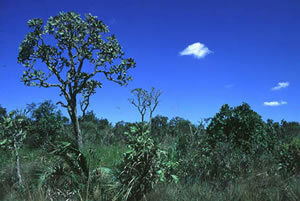
Thick: vegetation composed in general of vegetables with twisted trunks and thick leaves. It is influenced by the typical tropical climate, with two well-defined seasons, one being dry and one rainy. This vegetation cover is more common in the Midwest of Brazil. The cerrado is not a homogeneous vegetation, as there are variations in its composition, thus there are cerrado subsystems, which are: cerradão, common or typical cerrado, campo and cerrado. The tortuosity of the cerrado trees comes from the acidity of the soil and the high concentration of aluminum hydroxide.
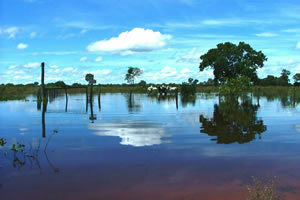
Wetland: in this domain it is possible to identify a series of vegetal covers, thus, the region can be understood as a transition area between different types of ecosystems presented in the territory Brazilian. Given the heterogeneity of the Pantanal in terms of vegetation cover, we can highlight the presence of fields that periodically remain flooded during the rainy season, as well as tropical forest and equatorial. This domain occurs in the states of Mato Grosso and Mato Grosso do Sul. The Pantanal is known as an ecological refuge.
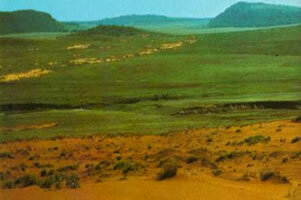
Fields: vegetation that corresponds to a type of vegetation that has creeping plants composed of herbaceous grasses and shrubs. This vegetal characteristic occurs with greater concentration in the state of Rio Grande do Sul.
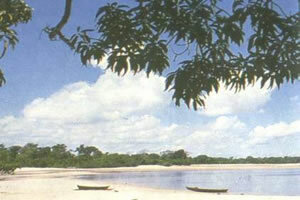
Coastal vegetation: also known as mangrove areas, this vegetation is found in coastal regions. It is composed of shrubs and tree species and can be classified into: red mangrove, white mangrove and siriúba mangrove.
Eduardo de Freitas
Graduated in Geography
Brazil School Team
Source: Brazil School - https://brasilescola.uol.com.br/brasil/paisagens-vegetais-brasil.htm
